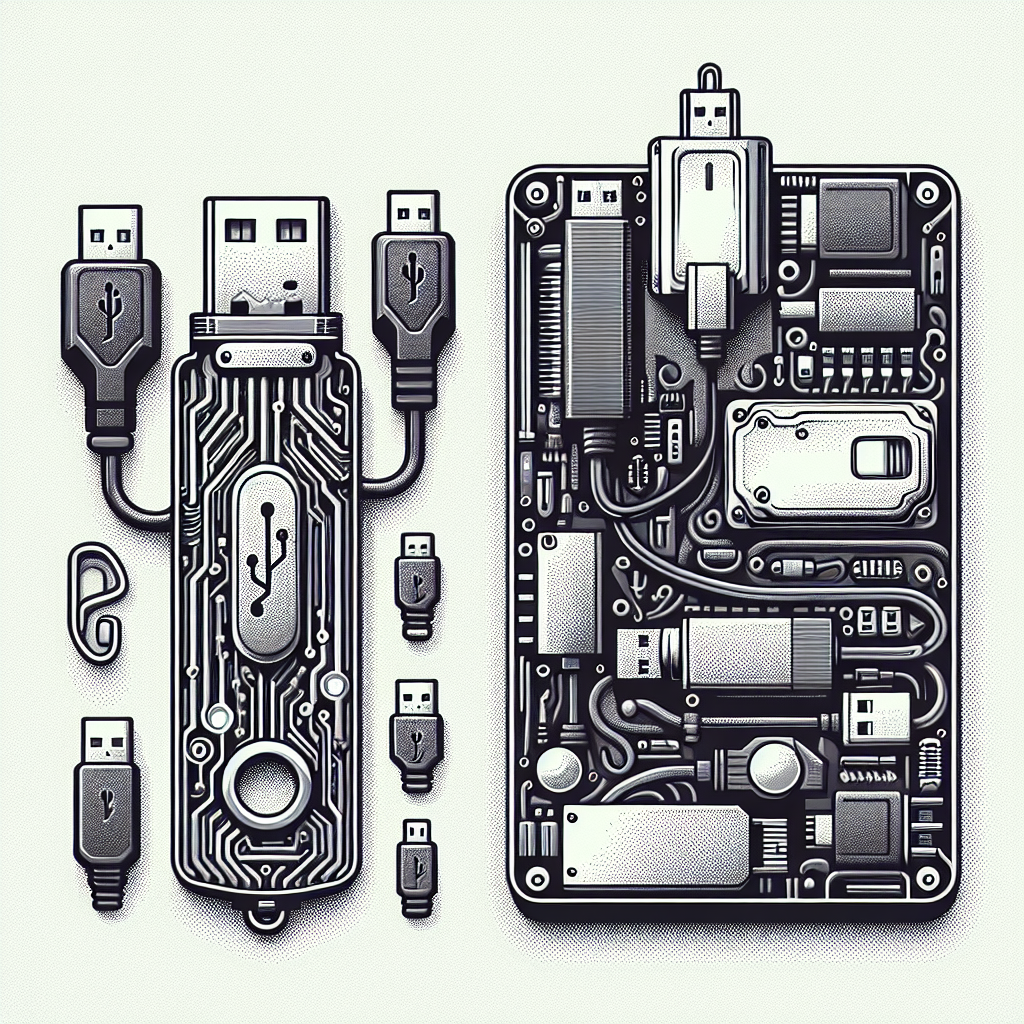In today’s digital age, storage solutions have become an essential part of our lives. Whether it’s for work, school, or personal use, having a reliable and efficient way to store and transfer data is crucial. Two popular storage devices that many people use are USB flash drives and external hard drives. While both serve the same purpose of storing and transferring data, there are key differences between the two that users should be aware of.
USB flash drives, also known as thumb drives or memory sticks, are small, portable storage devices that connect to a computer’s USB port. They are typically used to store and transfer small to medium-sized files, such as documents, photos, and music. USB flash drives are popular for their compact size and convenience, making them ideal for carrying around in a pocket or on a keychain. They are also relatively inexpensive and come in various storage capacities, ranging from a few gigabytes to several terabytes.
On the other hand, external hard drives are larger, bulkier storage devices that connect to a computer via a USB or Thunderbolt cable. External hard drives are designed to store large amounts of data, such as videos, games, and software applications. They are often used for backing up important files or expanding the storage capacity of a computer. External hard drives come in various sizes and storage capacities, ranging from a few hundred gigabytes to several terabytes.
One of the main differences between USB flash drives and external hard drives is their storage capacity. While USB flash drives are typically limited to a few gigabytes of storage, external hard drives can store several terabytes of data. This makes external hard drives more suitable for users who need to store large files or backup their entire computer system.
Another key difference is the speed at which data can be transferred between the two devices. External hard drives generally have faster transfer speeds than USB flash drives, making them more suitable for transferring large files or performing data-intensive tasks. However, USB flash drives are more convenient for quick and easy file transfers, especially when on the go.
In terms of durability, external hard drives are generally more robust and better able to withstand physical damage than USB flash drives. External hard drives are designed to be stationary and are often kept on a desk or shelf, while USB flash drives are meant to be carried around and can be easily lost or damaged.
Ultimately, the choice between a USB flash drive and an external hard drive will depend on your specific storage needs and preferences. If you need a portable, convenient storage solution for small to medium-sized files, a USB flash drive may be the best option for you. However, if you require a larger storage capacity and faster transfer speeds, an external hard drive may be more suitable.
In conclusion, understanding the differences between USB flash drives and external hard drives can help you make an informed decision when choosing a storage device. Both devices have their own advantages and disadvantages, so it’s important to consider your storage needs and preferences before making a purchase.


Leave a Reply